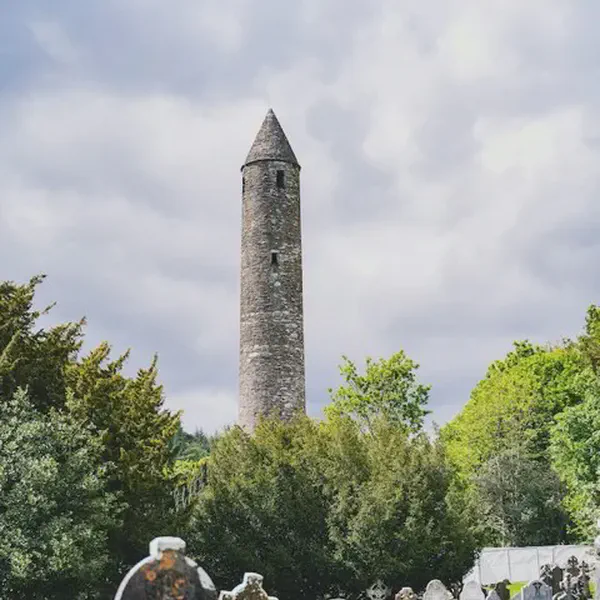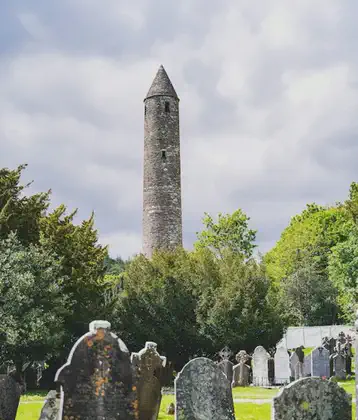On August 17, 1648 in Celtic History
The battle of preston (17 august ? 19 august 1648), fought largely at walton le dale near preston in lancashire, resulted in a victory by the troops of oliver cromwell over the royalists and scots commanded by hamilton. the parliamentarian victory presage

The Battle of Preston in which Duke of Hamilton at the head of an army of, 20,000 crossed into England in support of Charles I. Scots defeated by Cromwell, 2,000 killed,, 8,000 captured and Hamilton surrendered on, 25 August (and beheaded in March, 1649).
Second Civil War 1648-1651
The Scots, who are now loyal to Charles, invade England, July 1648
Battle of Preston, Oliver Cromwell defeats the Scots, 17-19 August 1648
Trial and execution of Charles I, 30 January 1649
On the morning of 17 August, Cromwell attacked Langdales troops, strongly deployed on Ribbleton Moor to guard the road into Preston. The Royalists held off the Parliamentarians for several hours but were finally routed and driven back into Preston where the survivors were taken prisoner.
On 18 August, Cromwell advanced south with his main force in pursuit of the disordered Scots. On 19 August, the Scots made a last stand in a strong defensive position at Winwick near Warrington but were driven back by Cromwell after several hours fierce fighting.
With the destruction of the Engager army, the second Civil War was effectively over. Colchester surrendered to Fairfax on 28 August, other Royalist outposts in the south soon followed suit. Lord Byron fled from north Wales to the Isle of Man. Sir Philip Musgrave and the northern Royalists surrendered Carlisle in October. Only Pontefract Castle held out for the King in a stubborn and futile resistance that lasted until March 1649. Cromwell marched into Scotland on 21 September. He struck a wary accord with the Marquis of Argyll and obtained the removal from office of everyone who had supported the Engagement.
The tide of the Civil War culminating in the defeat at the Battle of Preston of Charles army in August 1648 by Parliamentary forces under the command of Oliver Cromwell. The King was charged with high treason against the realm of England. At his trial, Charles refuted the legitimacy of the court and refused to enter a plea. Not withstanding the absence of a plea, the court rendered a verdict of guilty and a sentence of death declaring:
That the king, for the crimes contained in the charge, should be carried back to the place from whence he came, and thence to the place of execution, where his head should be severed from his body.
Three days later, the king was led to the scaffold erected at Whitehall, London.
More From This Day



Birth of Oliver St. John Gogarty, writer, and the model for the stately, plump Buck Mulligan in Joyces Ulysses
August 17, 1878

Lord John Russells Whig administration decides not to interfere with internal or export markets for food
August 17, 1846

Visit of George IV to Edinburgh began, orchestrated by Sir Walter Scott.
August 17, 1822



William Corbet, United Irishman and soldier, is born in Ballythomas, Co. Cork
August 17, 1779
